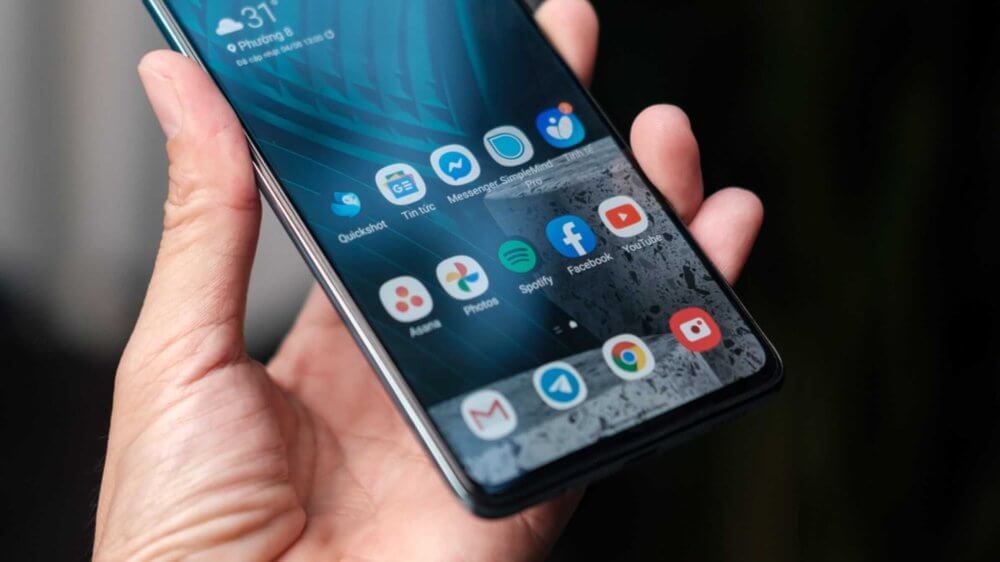Explore the phenomenon of apps without icons on mobile devices. Learn about their functionality, reasons behind their existence, and best practices for managing them to ensure optimal device security and performance.

In the fast-paced realm of mobile technology, apps play a pivotal role in our daily lives, offering convenience, entertainment, and productivity at our fingertips. However, amidst the vast array of apps available for download, users may encounter a peculiar phenomenon: apps without icons. The question arises: do these invisible apps warrant uninstallation, or do they serve a purpose despite their lack of visibility?
Understanding Apps Without Icons
Apps without icons, also known as hidden or invisible apps, are software applications installed on a device that do not display their respective icons on the home screen or app drawer. Instead, they remain concealed from plain view, often accessible only through alternative means such as system settings or specialized third-party apps.
The Reasons Behind Hidden Apps
System Processes and Services
In some cases, apps without icons are integral components of the device’s operating system, serving essential functions such as system processes or background services. These hidden apps may perform critical tasks such as managing network connections, monitoring device performance, or facilitating system updates, all without the need for user interaction or visibility.
Stealth and Privacy Features
Certain apps intentionally conceal their icons to provide users with enhanced privacy or security features. These hidden apps may include vaults for storing sensitive files or photos, private messaging applications, or apps designed for covert communication purposes. By remaining out of sight, these apps offer users a layer of discretion and confidentiality in their digital interactions.
Evaluating the Need for Uninstallation
While the presence of apps without icons may initially raise concerns regarding their necessity or legitimacy, it’s essential to assess each instance on a case-by-case basis.
Assessing Functionality and Utility
Before deciding to uninstall hidden apps, users should consider their functionality and utility. If an app serves a legitimate purpose, such as managing system processes or enhancing privacy, its absence of an icon may be justified. However, if the app appears suspicious or unnecessary, further investigation may be warranted. you can download apps and games from happymod.re .
Reviewing Permissions and Accessibility
Users should review the permissions and accessibility settings of hidden apps to determine their scope of functionality and potential implications. Apps that request excessive permissions or access sensitive data without justification may raise red flags and merit closer scrutiny or removal.
Best Practices for Managing Hidden Apps
Regular Security Audits
To maintain optimal device security and performance, users should conduct regular security audits to identify and evaluate hidden apps. By reviewing installed applications, permissions, and system processes, users can identify potential security risks and take appropriate action to mitigate them.
Understanding the Intricacies of Hidden Apps
Stealth Installation and Concealment Techniques
Hidden apps often employ stealth installation techniques to evade detection and remain concealed from users’ view. These techniques may include disguising the app’s icon as a system process or using obscure package names to blend in with legitimate system components. As a result, users may unknowingly have hidden apps installed on their devices, posing potential security and privacy risks.
Functional Diversity and Utility
Hidden apps encompass a wide range of functionalities and utility, spanning from benign system processes to malicious software designed for nefarious purposes. While some hidden apps serve legitimate functions, others may engage in unauthorized activities such as data collection, ad fraud, or device exploitation. As such, users must exercise caution when encountering hidden apps and scrutinize their behavior and permissions.
Utilizing Security Software
The use of reputable security software can provide an additional layer of protection against hidden apps and other security threats. Antivirus programs, malware scanners, and privacy-focused apps can help detect and remove malicious or unwanted software, safeguarding the integrity of the device and user data.
In conclusion, while the presence of apps without icons may raise concerns regarding their necessity and legitimacy, not all hidden apps warrant immediate uninstallation. Users should carefully evaluate the functionality, permissions, and accessibility of hidden apps before making any decisions. By exercising vigilance, conducting regular security audits, and utilizing security software, users can maintain optimal device security and privacy in the ever-evolving landscape of mobile technology.